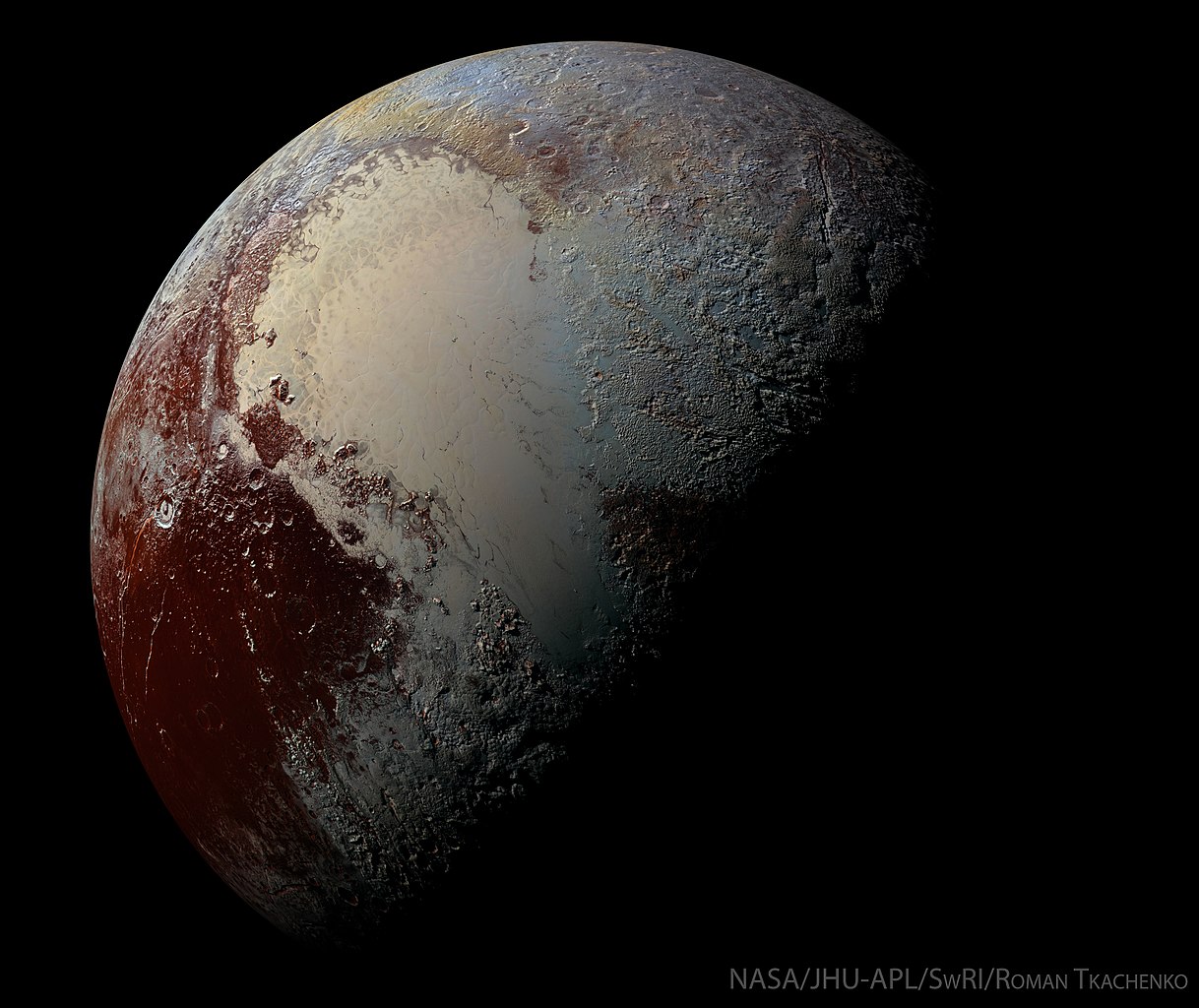Throughout the history of space exploration, there have been many crazy ideas. The only difference between the real craze and the hype is that it was better funded than the others.
One way to fund crazy ideas is through NASA's Institute for Advanced Concepts (NIAC), which in 2017 and 2021 funded a Pluto landing study that most insiders might consider modestly ambitious, but outsiders might find they thought was alarming.
Getting to Pluto is no easy task
Two main design questions arose. The first is how can a probe arriving at a dwarf planet slow down? And second, what kind of lander might be useful on Pluto itself?
The answer to the first question is aerobraking, a method increasingly used in planetary exploration missions.
Pluto has an atmosphere, albeit a thin one, as confirmed by the New Horizons mission that passed by it in 2015, according to reports. The universe today.
One advantage of the asteroid's relatively weak gravity is that its low-density atmosphere is about eight times larger than Earth's, which means a much larger surface area for a rapidly arriving airbrake vehicle.
Much of NIAC's Phase 1 project focused on the details of this braking system, called an envelope aerodynamic decelerator (EAD).
In combination with the lander, this system forms the “Entrycraft” around which the mission is designed.
It will reportedly include an orbiter as an alternative, and many other missions are discussing how to put one around Pluto.
Its speed slows from 14 km/s during interplanetary flight to a few tens of meters per second, as the mission drops its landing payload after decelerating, then comes to rest on the surface before rising again under its own power.
The answer to the second question, what type of lander would be most suitable for Pluto, is the navigation module.
Whether landing on the moon or an asteroid, jumpers are becoming increasingly popular.
An obvious advantage is that they will be able to visit many interesting scientific sites and will not have to cross difficult land obstacles.
Ingenuity, the Mars helicopter that accompanied Perseverance, pioneered this idea, but the atmosphere is not dense enough for a helicopter. Why not use rockets, which is every astronaut's favorite method?
The spacecraft will use its onboard engines to reach an area on Pluto's surface and then land elsewhere. It can then do some scientific work at the new location before taking off and doing it again elsewhere.

clarification: Wikimedia Commons/NASA/Roman Tkachenko
NIAC's Phase 1 final report describes the mission's five main scientific objectives, including studying surface geomorphology and performing some field chemical analyses.
A jump module would make these goals much more possible than a traditional rover, and at a relatively low mass cost, since Pluto's gravity is so weak.
Other objectives of the report include mathematical calculations of the track, including the aerobraking itself and the pressure and pressure on the materials used in the system.
The authors also updated their atmospheric models of Pluto with new data from New Horizons, which they then fed into the aerodynamic braking model they used. Designing the lander, integrating all science and navigation components, and estimating its weight were also part of the first phase.
The original launch window for the mission in 2018 was scheduled to be in 2029, but now, despite receiving NIAC II in the 2021. Support phase, this launch time seems very optimistic.
Since the mission will require gravitational assistance from Jupiter, the next possible launch window is 2042, and the probe will eventually reach the surface of Pluto in the 2050s.
This later launch window will likely be the only possible time for the mission, so we will have to wait approximately 30 years to find out whether the mission takes place.
Sometimes, crazy ideas require patience — we'll see if the mission team has enough patience to reach the surface of one of the most interesting asteroids in the solar system.
Worth reading:






